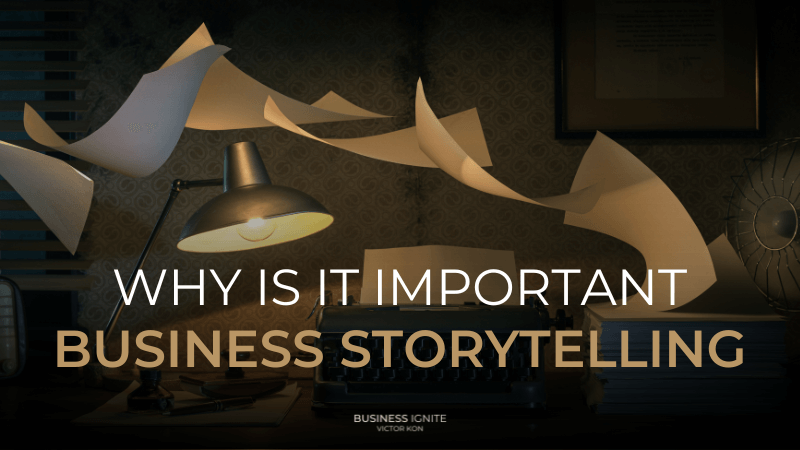
The Art of Story Telling in Business
By Mary T. O’Sullivan, MSOL
“Storytelling is the most powerful way to put ideas into the world.” – Robert McKee, Story Mentor
Who finds Mergers, Acquisitions, and Divestitures interesting? Unless you are a Wall Street mogul, probably no one. Yet, those topics are required material for a course I am currently teaching at a local university. This course is conducted in the evening, from 6-9PM, and as the class progresses, I sense fatigue, boredom, and even apathy among the class members. It’s late, people probably have skipped dinner, and the topics are not exactly riveting. However, this class and all its material are required for the students to obtain a nationally recognized certification in their field. There’s a very hard and tricky exam to pass, and many do not pass on the first round. After the first week, I decided to tell stories about the topics covered in the slides and written material to help the course be more interesting and at least keep their attention for three hours.
For instance, the course authors, rather than give examples of good leaders and bad leaders and why each was good or bad, chose to delve into leadership theories, some of which are over 100 years old, and have little or nothing to do with the job the students will eventually qualify for. I can’t imagine people thinking about the significance of “Theory X” when dealing with an authoritarian leader. So, rather than expect the class to memorize “Theory X”, we discussed more familiar stories associated with such a leader. “Theory X” leaders believe that people must be strictly controlled and forced to work. History provides many examples of authoritarian leaders, but what about a high school football coach? I told the story of a high school football coach who designed plays the players found flawed, but he wouldn’t listen to their ideas. Game after game, the team lost. Tired of losing, the players eventually rebelled and started calling their own plays. The coach was furious, until they began a winning streak. Needless to say, the following year that coach was fired, and no surprise, during that year, the same team, with the same players, won the state championship. That story gave a practical example my college class could relate to and helped them remember what was true about “Theory X”, that people don’t like to be controlled or forced, and eventually will rebel against doing the job they are told to do.
Back to Mergers, Acquisitions, and Divestitures, I have first-hand experience dealing with each of those in the distant past, so, in retrospect, it was fun to relate these stories. A personal story captures people’s attention because it illustrates a real situation making an abstract concept come to life. I told the story of travelling back from a year in Australia where my husband had been transferred. We had a layover in Chicago. It was early in the morning, and we were exhausted. Looking around the airport for some strong coffee, I noticed a newspaper machine. As I got closer, I realized the headline pertained directly to us. The November 24, 1992, headline of the New York Times read “GE Sells Its Aerospace Business To Martin Marietta for $3 Billion”. That’s how we found out we were no longer part of GE. We were now Martin Marietta. It was shocking and disappointing. We could no longer count ourselves as employees of one of the world’s best companies. A few years later, Martin Marietta merged with Lockheed, now known as Lockheed Martin. The pain had receded since we were now part of an different company. Since this was such a personal story, I told it with the passion of someone who’s life had completely changed as a result of a company divestiture as well as a merger and acquisition. It was no longer an intellectual exercise in memorizing those terms. The stories that happened to an actual person the students knew brought the concept to life for them.
The course material is dry and dense, full of terms to memorize and theoretical situations, but by telling true stories, using real people, the class performs better on their tests and quizzes than if they had not heard these true anecdotal accounts.
Throughout the course, I tell as many real stories as I can to make the material more relatable. Weeks of listening to hours of droning on about strategic planning, organizational cultures, the adult learning processes, legal compliance, etc., can be taxing on the brain. I bring in stories about real events that actually happened to me or someone I knew in my 30 years in industry. Sometimes it’s painful, but always enlightening to the class, and that makes it all worthwhile.
Meanwhile, the next shocking piece of news for me took place in 1994, after I had moved on. The reverberations weren’t quite as distressing. “Lockheed and Martin Marietta Set to Merge in $10 Billion Deal”. This headline is the basis of my merger and acquisition story. I can tell the tale with less emotion, and more distance because it didn’t affect me directly. But there are still thousands of people who were laid off, shut down, and quit the company, each with their own personal stories to share for the rest of the world to learn from.
“You own everything that happened to you. Tell your stories.” – Anne Lamont, author
Connect with Mary:


